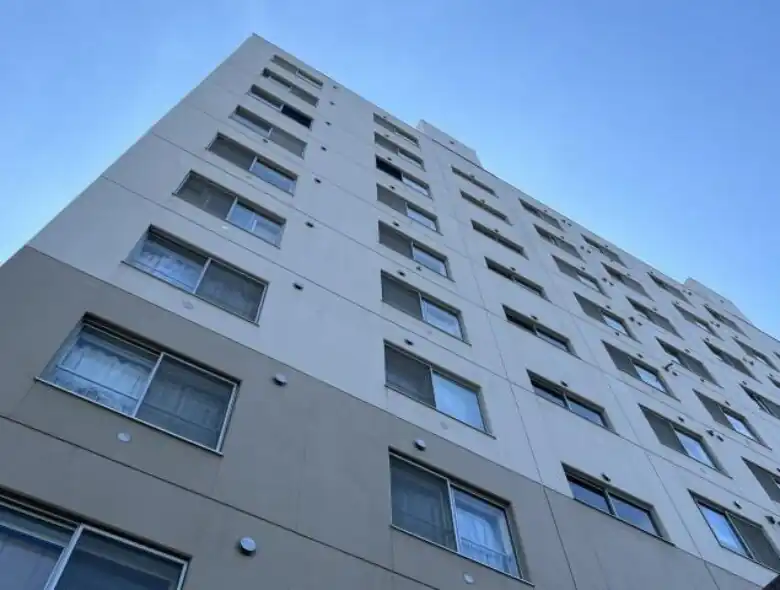When looking for an apartment, many people prefer corner units. Corner units are popular because they have more windows than middle units, and they receive more sunlight and ventilation. However, it’s best to keep in mind that corner units also come with their disadvantages.
In this article, we will be sharing some pros and cons of corner units, and ways in which they differ from middle units. We hope you find this article useful for your house-hunting.
Village House has more than 1,000 properties across Japan, with rent as low as 20,000 yen a month. Whether you are looking for a corner or middle unit, we have just the apartment for you. If you are searching for a new home, please feel free to reach out to us.
What are corner and middle units?
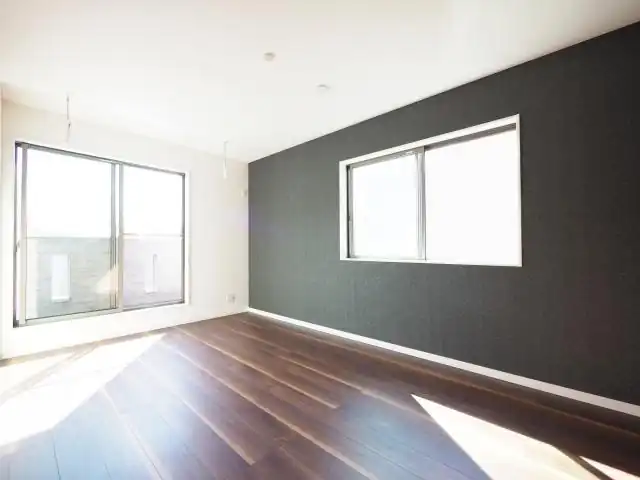
Corner units (kadobeya) refer to the units located at the end of each floor in a condominium or apartment building. The defining feature of a corner unit is that it is only adjoined to a single unit. A corner unit is also sometimes referred to as a “kadojuko” or “hashibeya”.
On the other hand, middle units are sandwiched between two adjacent units. In other words, if an apartment is not a corner unit, it is a middle unit. For example, on a floor with adjacent apartments, 201 to 205, the corner units are 201 and 205, and the rest are middle units.
Compared to corner units, middle units have fewer windows, so they receive less lighting and ventilation. However, since middle units have less airflow, that also means they are more efficient in terms of heating and cooling.
Pro #1: Better sunlight and ventilation
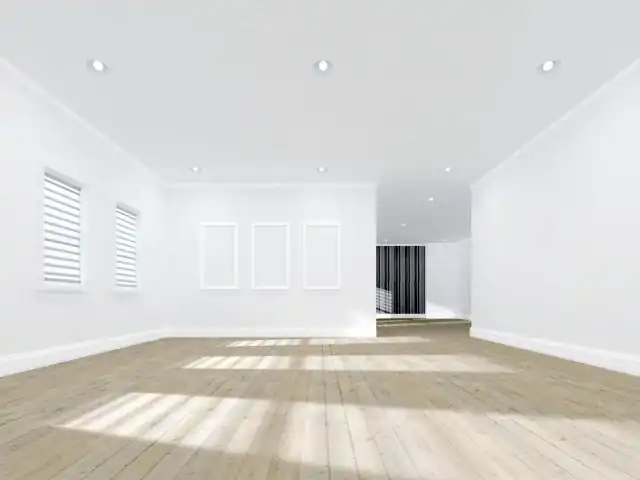
Corner units generally have two windows, one on the front and one on the side. Consequently, corner units tend to have more sunlight and ventilation, which means fewer issues with humidity and mold.
Additionally, many corner units have windows in the kitchen and bathroom. Without windows in the kitchen or bathroom, you will have to open the living room window and the front door for ventilation.
However, leaving the front door open can be a safety hazard. If you are concerned about odors or moisture in the kitchen or bathroom, you may want to consider renting a corner-unit apartment for easier ventilation.
Pro #2: Less noise from neighbors
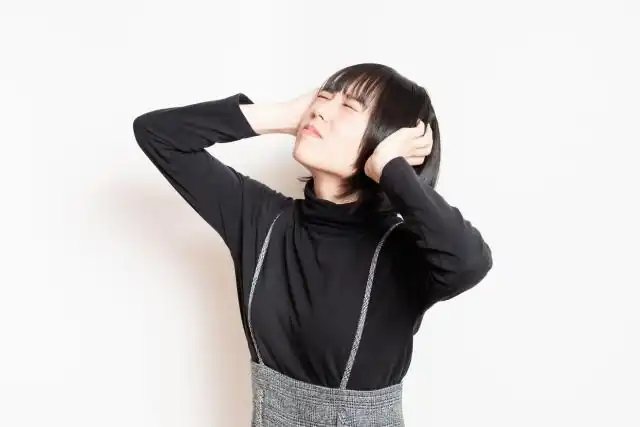
Many people have problems with noise when living in an apartment complex. It is common to hear the sounds of your neighbors walking, talking, opening and closing doors, listening to music, watching television, using their vacuum cleaners and washing machines, etc.
Since corner units only have a single adjacent room, you are less likely to have issues with noise from your neighbors if you live in one. Conversely, this also means you will be less likely to receive a noise complaint from them.
On that note, you can further avoid background noise by renting a corner unit on the highest floor. Living on the highest floor means that you won’t have to hear the sound of footsteps above your ceiling. If you want to reduce the amount of noise you hear from your neighbors, we recommend searching for a corner unit.
Pro #3: More privacy
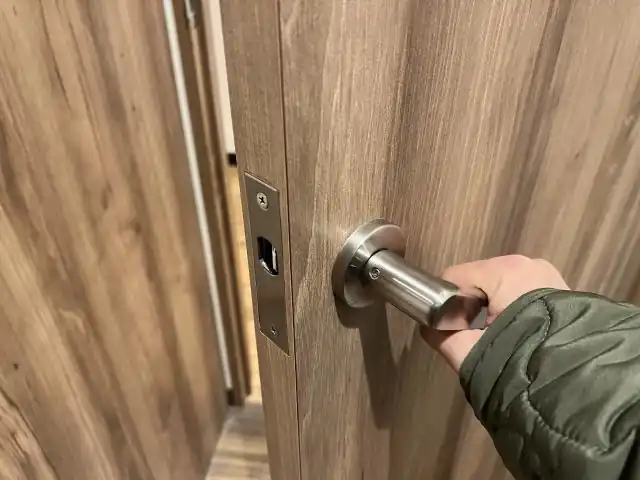
Corner units are located at the end of each floor, which means that you and your family will typically be the only ones passing through your section of the corridor. Living in a corner unit thus grants you greater privacy, since you are much less likely to have people peeking into your apartment.
Con #1: Poorer thermal insulation
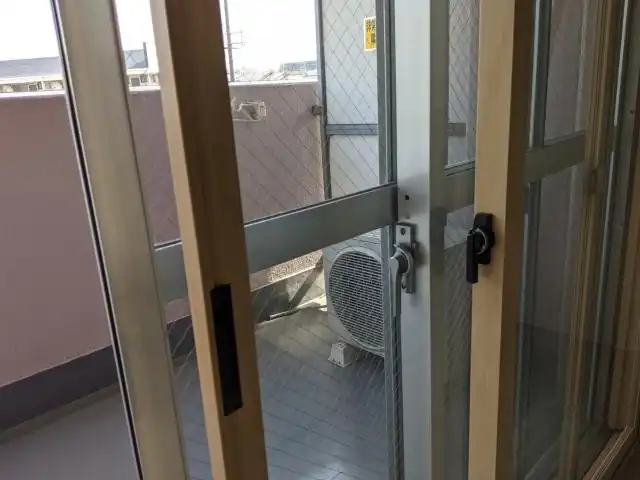
Since corner units have more openings (i.e., windows) than middle units for heat to enter and escape through, they are also more affected by the temperature outside. It is said that doors and windows are responsible for 58% of heat loss during the winter, and 73% of heat gain during the summer.
Therefore, a corner unit with many windows will have poorer thermal insulation and will require more money to be spent on heating and cooling.
That said, windows with double-glazing or thermally insulated sashes (the frame that goes around the glass pane) provide much better thermal insulation. In other words, if you manage to find a corner unit with double-glazed windows and insulated sashes, you will not have to spend as much money on electricity bills.
Reference: Japan Construction Material & Housing Equipment Industries Federation
Con #2: Problems with soundproofing and condensation
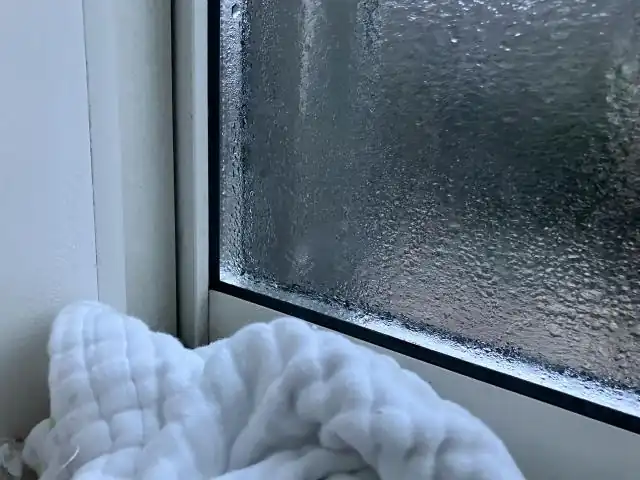
Many people have a better impression of corner units that come with more windows. However, having more windows has some disadvantages: outside noise passes through more easily, and condensation occurs more readily.
More windows mean less sound insulation, which may be a problem if the apartment is located close to a major road. Additionally, since condensation is more likely to occur when there are more windows, you will need to ventilate your apartment frequently or make use of an air circulator.
Con #3: More difficulties when arranging furniture
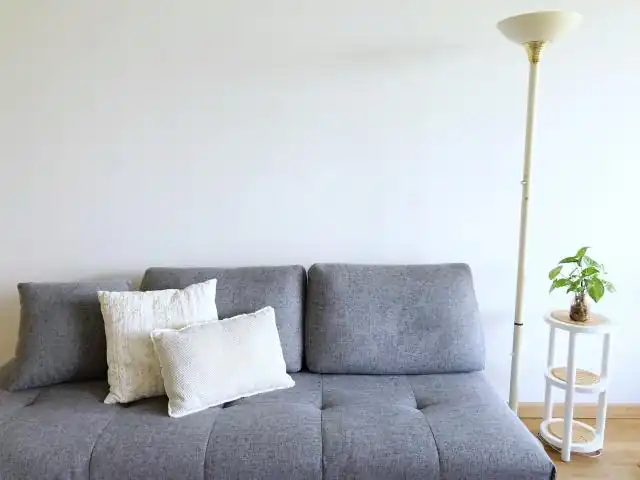
When an apartment has many windows, furniture placement can be difficult. Furniture placed near windows may get sun-bleached, and electronic devices such as televisions and computers should not be exposed to direct sunlight as they may get damaged by the heat.
Therefore, it may be more challenging to find the right spot for your furniture when moving into a corner unit, and the apartment may have more dead space than you had originally thought. Hence, it may be best to avoid choosing a corner unit if you are bringing along a lot of furniture, or if you are particular about maximizing the use of space.
Features of corner and middle units
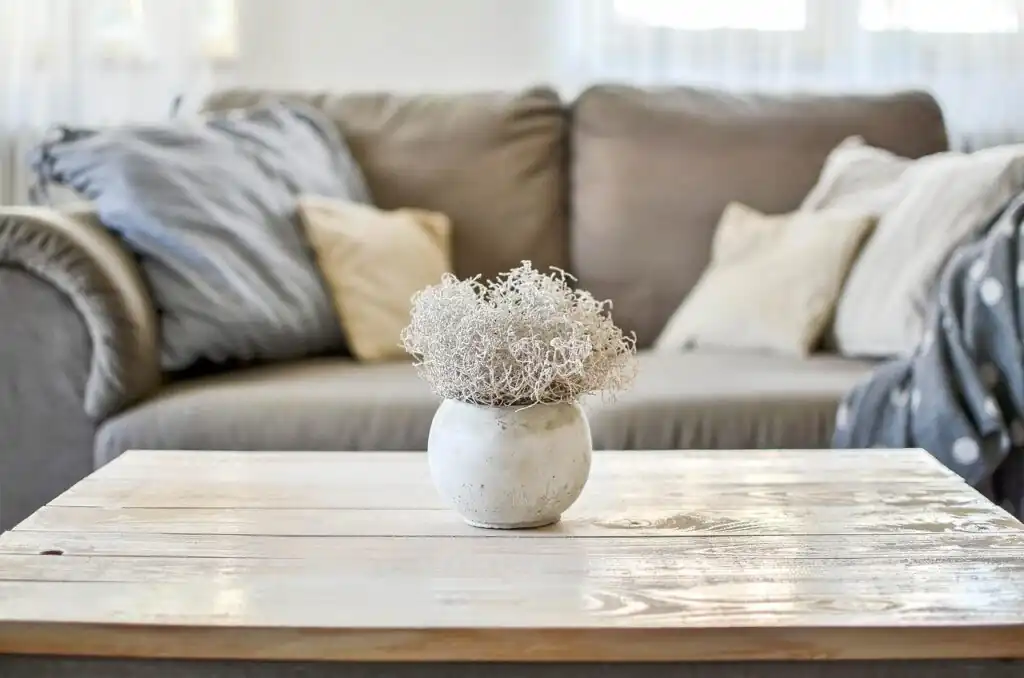
Corner units and middle units both have their pros and cons. Let’s discuss the target demographics for each type of apartment.
Features of corner units
Corner units have windows facing two directions, giving them a better view of the outside scenery and a sense of openness. They also have good ventilation when the windows are open. Additionally, since corner units only have one adjacent apartment, there will be fewer issues with noise from neighbors.
On the other hand, due to the greater number of windows, corner units are more likely to have condensation problems. They are also hotter in the summer and colder during the winter. In addition, they have less sound insulation, which may be especially problematic if the building is located along a major road. Lastly, corner-unit apartments tend to have higher rent than middle-unit apartments.
Characteristics of people who are better suited to living in corner units:
- Particular about noise from neighbors
- Do not mind paying higher rent
- Prefer living in a bright and well-ventilated apartment
- Want to live in an apartment with a good view
- Want to minimize the number of people passing by in front of their home
Features of middle units
Middle units are more likely to have noise issues because they are sandwiched between two units. On the flip side, this also means that middle units have better thermal insulation, so they will stay warmer during cold weather. Consequently, they require less air conditioning and heating, so you will be able to save on your electricity bill.
Characteristics of people who are better suited to living in middle units:
- Do not want to worry about seasonal changes in room temperature
- Want to live in an apartment with more efficient air conditioning and heating
- Particular about noise from the streets
- Own a lot of furniture
- Do not want their furniture to get sun-bleached
Corner units and middle units mainly differ in the number of windows and adjoining units. Rather than only looking at the pros and cons, it is important to carefully consider which type of apartment is better suited to your needs and preferences.
Village House offers well-managed rental housing at reasonable prices. There are no deposits*, service fees, renewal fees, or key money required. In addition, we have over 1,000 apartments across all of Japan’s 47 prefectures. Check out the Village House website if you’re looking for a new apartment.
*A security deposit may be required depending on the contract and tenant screening results.
Related articles:
- Rental Apartment Woes? Here’s Where to Get Expert Advice!
- Renting a Second-Floor Apartment: What to Know Before Signing a Lease
- Which Rental Properties Should You Avoid? Watch Out For These 5 Things!
- The Pros and Cons of Living in a Wooden Apartment Building – Are Steel and Concrete Buildings Really Better?
- Pros and Cons of Living on the Top Floor of an Apartment Building

Hello, I’m Machiko Doi, a freelance writer who writes about housing and living in Japan.
I live in an 80-year-old house that I inherited from my grandparents along with my two shelter cats and daughter.
We live a relaxed life while repairing the house.
I like to cook vegetables from the garden and fresh fish caught by my father, and enjoy them with cold beer on a hot day or hot sake on a cold day.


